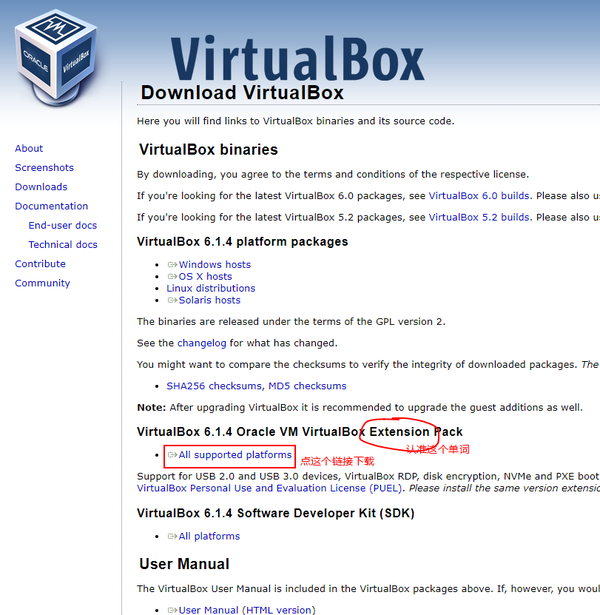VM Hardware-The Heart of Virtualization
Virtualization, a technology that has transformed the landscape of computing, relies on VM hardware as its core. This hardware serves as the foundation for creating virtual machines, which are instances of computer systems that can be created, deleted, and managed using software. By breaking down the barriers between physical and virtual computing, VM hardware has made it possible to run multiple virtual machines on a single physical machine, optimizing resource utilization and enhancing scalability. Moreover, it has facilitated the creation of complex systems that can be easily scaled up or down to meet changing demand. As the heart of virtualization, VM hardware continues to evolve, offering new features and capabilities that drive the next generation of computing.
Virtualization is a technology that allows multiple virtual machines (VMs) to run on a single physical machine, each with its own operating system and software stack. The heart of virtualization is the VM hardware, which provides the platform for creating and managing these virtual machines.

In this article, we will explore the important role of VM hardware in virtualization. We will discuss its key features, benefits, and how it interacts with other components to enable virtual machine creation and management. By understanding these aspects, you will gain a deeper understanding of how virtualization works and how VM hardware contributes to its success.
What is VM Hardware?
VM hardware, also known as virtual machine hardware, is a set of computer resources that are used to create and manage virtual machines. It includes the CPU, memory, storage, network, and other necessary components to support the operation of a virtual machine.
VM hardware provides a virtualized environment for running multiple operating systems and software applications simultaneously. It allows each virtual machine to have its own dedicated resources, such as CPU cores, memory size, and disk space. This isolation ensures that each virtual machine operates independently of other virtual machines and the underlying physical machine.
Key Features of VM Hardware
There are several key features of VM hardware that make it essential for virtualization:
1、Resource management: VM hardware manages the allocation of physical resources to virtual machines. It ensures that each virtual machine receives the necessary resources to run its operating system and applications effectively.
2、Isolation: As mentioned earlier, VM hardware provides isolation between virtual machines. This ensures that one virtual machine cannot access or interfere with another virtual machine's resources or operating environment.
3、Portability: VM hardware allows for high portability of virtual machines. By using standard hardware interfaces and protocols, virtual machines can be easily moved from one physical machine to another without any changes to the software or operating system configuration.
4、Scalability: VM hardware supports scalability by allowing dynamic adjustment of resources for each virtual machine. This allows organizations to scale their virtualized environment up or down based on demand, saving cost and resources.
5、High availability: Many VM hardware platforms provide high availability features, such as fault tolerance and disaster recovery. These features ensure that virtual machines can continue to operate even in the event of hardware failures or natural disasters.

Benefits of VM Hardware
There are numerous benefits of using VM hardware for virtualization:
1、Cost savings: By reducing the need for multiple physical machines, virtualization using VM hardware can significantly reduce capital expenses. Additionally, it allows organizations to save on energy costs by reducing the number of physical machines running simultaneously.
2、Improved resource utilization: VM hardware can help organizations maximize resource utilization by allowing multiple virtual machines to share the same physical resources. This approach can help reduce wasted resources and ensure that each virtual machine receives the necessary resources to operate efficiently.
3、Enhanced security: By providing isolation between virtual machines, VM hardware can help enhance security by preventing one virtual machine from accessing or interfering with another's resources or operating environment. This approach can help protect sensitive data and prevent unauthorized access to critical systems.
4、Flexibility and scalability: VM hardware supports dynamic resource allocation and scaling, providing organizations with the flexibility to adjust resources based on demand. This approach allows organizations to scale their virtualized environment up or down as needed, providing them with a highly scalable and cost-effective solution for their computing needs.
5、Improved management and monitoring: Many VM hardware platforms provide robust management and monitoring tools that allow administrators to easily manage and monitor virtual machines remotely from anywhere in the world at any time. This approach can help improve productivity by reducing the need for on-site management and maintenance while providing organizations with better visibility into their virtualized environment performance and status.
Conclusion
In conclusion, VM hardware plays a crucial role in virtualization by providing the platform for creating and managing virtual machines efficiently and effectively. Its key features such as resource management, isolation, portability, scalability, and high availability contribute significantly to its success in improving resource utilization, cost savings, security, flexibility, scalability, and management efficiency in organizations worldwide.
Articles related to the knowledge points of this article:
Beepy Hardware: Revolutionizing the World of Electronics
Langley Hardware: A Legacy of Quality and Innovation
Hardware 77008: A Comprehensive Guide
Title: The Evolution and Impact of Stadium Hardware Phone Number on Sports Spectators
DIY Hardware: The Journey of a Maker
Title: Pfsense 2.7.0 Hardware Requirements: Understanding the System Configuration



